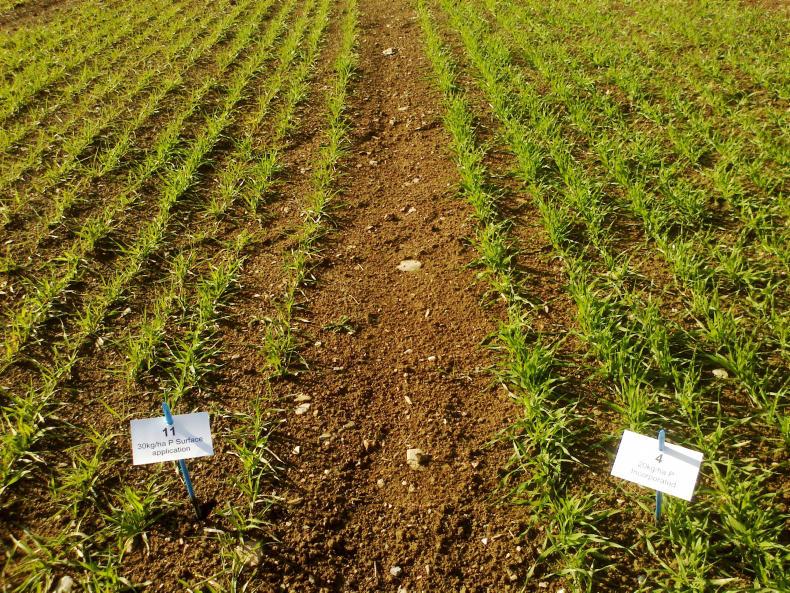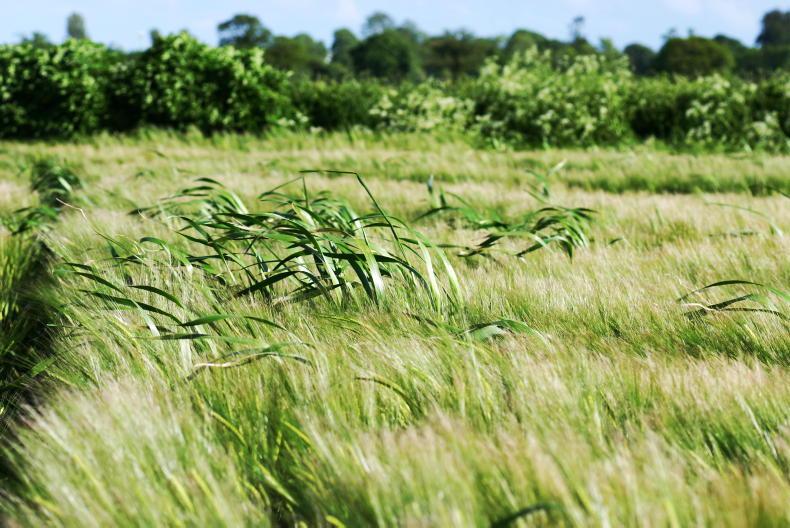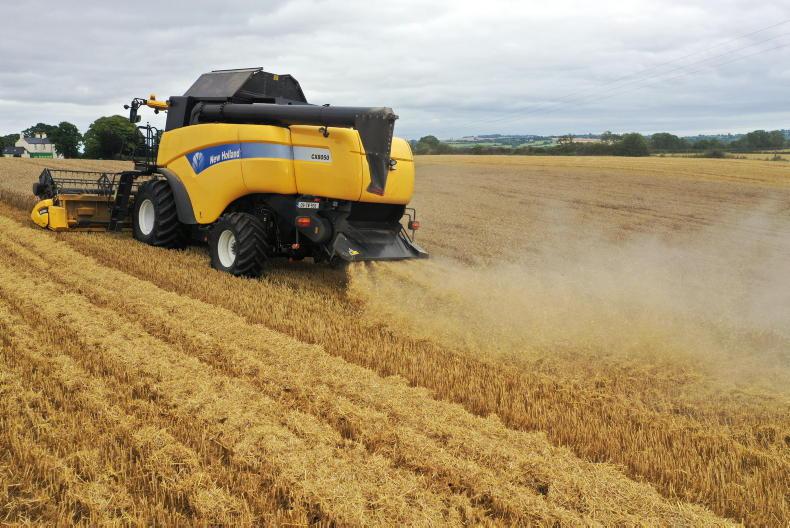Weather delay
From what looked like a potentially timely start to spring less than two weeks ago, this could yet be a late and an awkward one. Much will depend on how the next two weeks unfold. Field conditions vary considerably around the country depending on the amount of snow that fell. Where snow is melting, land will be quite messy and is best left alone until we get some decent drying.
Temperatures look set to stay on the low side to take the pressure off of growth and fertiliser requirement. But we are now in the middle of March and so this job needs to be done as soon as possible.
Crops that have nitrogen / fertiliser applied will quickly begin to show it. As we have already seen, a few days of good drying can make a massive difference in March.
Planting
Beans and spring wheat are the priority. It is now late for any remaining winter wheat – it will vernalise but management will be awkward and maturity can be very late from mid-March planting.
Seedbed conditions must get priority over planting date – the past few years have reminded us of that. Late is not the calendar – it is the season. Hold off planting barley when the ground is still cold as it is still relatively early.
You might take a chance with a marginal seedbed for wheat or oats or beans but not spring barley or rape. It is still too early for the latter. Have some seed on hand in case planting opportunities happen in a hurry and it is not uncommon that things dry out during a weekend.
Plant beans by seed number and target around 35 seeds/m2. This will require 175-210kg/ha (11-13 st/ac) where seed is between 450g to 550g TGW. Where possible, get fertiliser into the seedbed at planting. Soil pH is a critical issue for beans (need close to pH 7) so get this sorted before planting.
Aim to plant spring wheat close to 350 seeds/m2 or about 175 kg/ha (11 st/ac) (assuming 50g TGW). Drill barley at 350-375 seeds/m2 – 155-170 kg/ha (10-12 st/ac) (45g seed). Target oats at about 350-400 seeds/m2 – 125-140 kg/ha (8-9 st/ac) for 35g seed.
Fertiliser
The priority will be to get N, P and K out on winter barley and rape where these have not been applied already. Add sulphur to that list. It can be a bit of a juggling act to meet all the necessary requirements with a single fertiliser. If we are heading into a relatively dry period of active growth there should be little risk associated with applying up to 60kg N/ha but this may only be needed for winter barley or perhaps up to double that on rape. Wheat and oats can get away with less where a weather risk remains.
P and K requirements are field and crop driven and are less flexible than first nitrogen. Put on the P and K and add additional N or S in a second application if necessary.
For cereals and rape ASN is a useful first N where P and K are looked after separately. 1½ small bags of ASN per acre (185kg ASN/ha) will apply 50kg N and 26kg per hectare. This a solid first dressing but winter barley should get more first N at this point.









SHARING OPTIONS